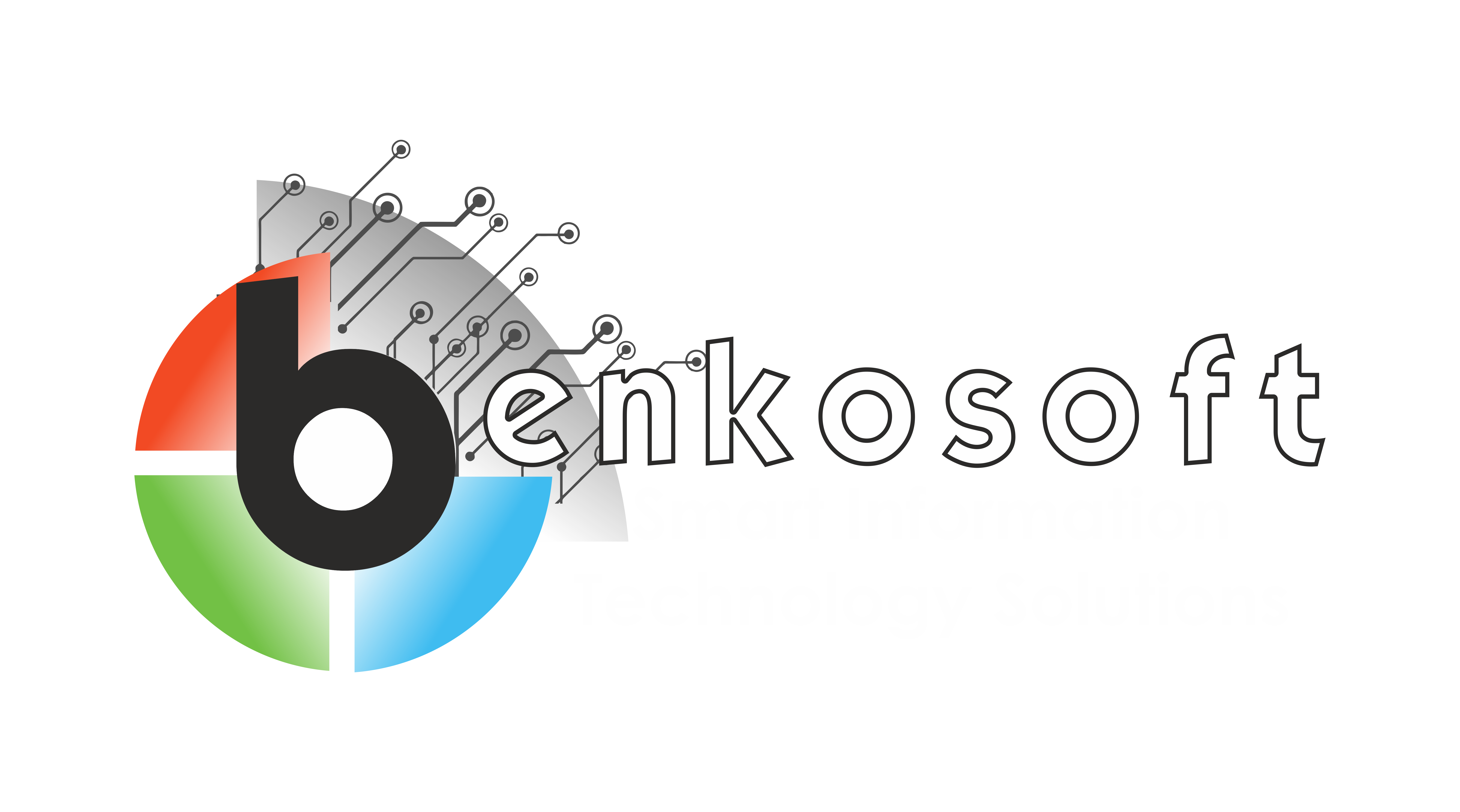Technologies
Sass
Sass, which stands for “Syntactically Awesome Style Sheets,” is a powerful preprocessor scripting language that is interpreted or compiled into Cascading Style Sheets (CSS). It adds a number of useful features to CSS, such as variables, nesting, mixins, and functions, which make it easier to write and maintain CSS code.
One of the key features of Sass is its support for variables. Variables allow developers to define reusable values, such as colors or font sizes, and use them throughout their stylesheets. This makes it easy to maintain consistency in a project and quickly update styles across multiple elements.
Sass also supports nesting, which allows developers to nest CSS rules within one another, similar to how HTML elements are nested. This can help to improve the readability of the code and make it easier to understand the relationship between different elements on the page.
Another useful feature of Sass is mixins, which allow developers to define groups of CSS properties and reuse them throughout their stylesheets. This can help to reduce duplication in the code and make it easier to maintain consistent styles across a project.
Sass also supports functions, which allow developers to perform calculations and manipulate values within their stylesheets. This can be useful for creating responsive designs or implementing complex styling logic.
In addition to these features, Sass offers a number of other useful tools, such as control directives, which allow developers to write conditional statements and loops in their stylesheets, and import statements, which allow developers to split their stylesheets into smaller, more manageable files.
Overall, Sass is a powerful tool that can help developers write cleaner, more maintainable CSS code. Its support for variables, nesting, mixins, and functions makes it a valuable tool for any project that requires complex or reusable styles.

